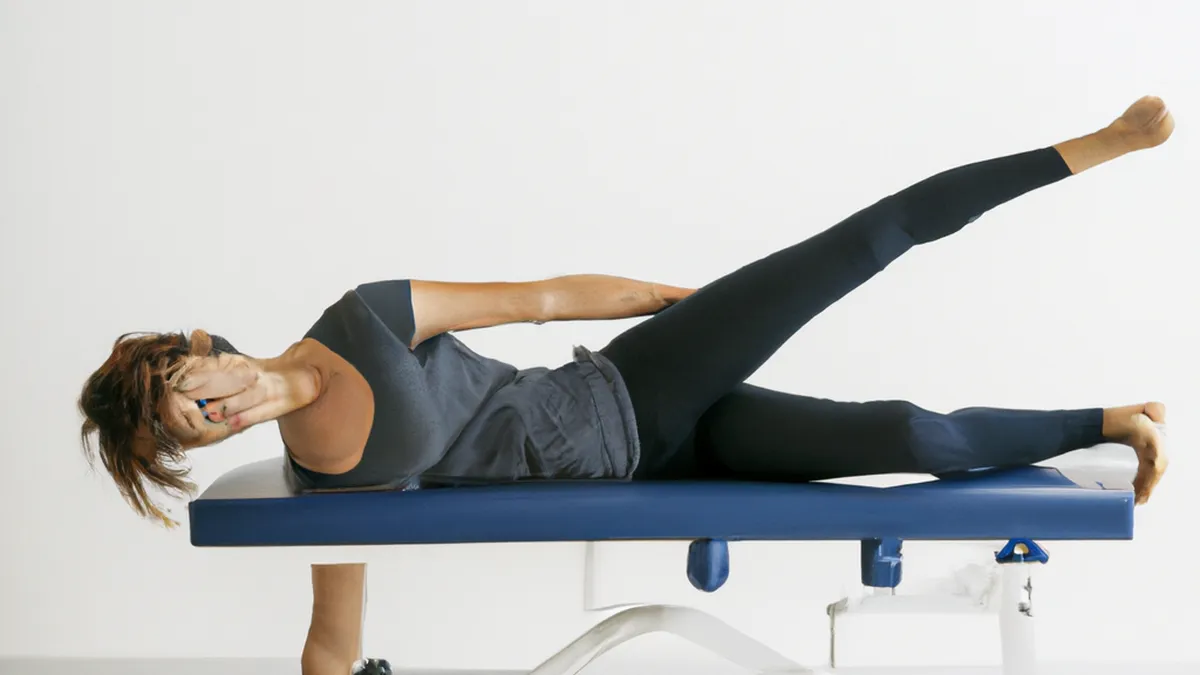Jump Higher: Plyometrics for Athletes
Plyometric Training for Explosive GaitPlyometric training enhances explosive gait, crucial for many sports and physical activities. This training combines speed and strength, improving running, jumping, and movement. Athletes and fitness enthusiasts can boost their explosive power and athleticism through plyometrics. This article explores plyometric training, its benefits, and implementation tips.
Understanding Plyometric Training
Plyometric exercises feature quick, explosive movements that stretch muscles rapidly before immediate contraction. This stretch-shortening cycle develops muscle power. Common plyometric exercises include jump squats, box jumps, burpees, and plyometric push-ups. These movements build strength and improve speed, agility, and overall performance.Athletes in sports requiring quick energy bursts, like basketball and soccer, benefit greatly from plyometric training. Anyone aiming to enhance fitness can also gain advantages. Integrate plyometrics into your workout routine structurally and progressively for maximum effectiveness.
Tips for Effective Plyometric Training
As an Amazon Associate I earn from qualifying purchases.
Gear tip: consider basketball, compression sleeves, and compression socks to support this topic.
1. Start with a Warm-Up
Warm up properly before any workout, especially for high-intensity plyometric exercises. Begin with dynamic stretches to boost blood flow and prepare your body. Focus on movements like leg swings, high knees, and butt kicks. This preparation helps your muscles engage effectively and reduces injury risk.
2. Choose the Right Exercises
Select exercises that match your fitness level for a successful training program. Beginners should start with basic movements like jump squats and two-footed jumps. As you progress, incorporate advanced exercises like depth jumps and single-leg bounds. Challenge yourself, but listen to your body to avoid overexertion.
3. Focus on Form
Maintain proper form during plyometric training to prevent injuries and maximize effectiveness. Keep a neutral spine, engage your core, and ensure correct landing mechanics. Land softly with slightly bent knees to absorb impact. Prioritize quality over quantity; fewer reps with good form are more beneficial than many reps done incorrectly.
4. Integrate Plyometrics into Your Routine
Consider your overall workout structure when integrating plyometrics. Include them in strength training, cardio workouts, or as standalone sessions. For strength training, add plyometric movements between sets for optimal results.
Conclusion
Plyometric training enhances explosive power, agility, and overall athleticism. Implement these tips to maximize your plyometric workout benefits.
Below are related products based on this post:
FAQ
What is plyometric training?
Plyometric training involves explosive movements that rapidly stretch muscles before immediate contraction. This method enhances muscle power and is beneficial for improving running, jumping, and overall movement efficiency.
Who can benefit from plyometric training?
Athletes in sports that require quick energy bursts, such as basketball and soccer, can gain significant advantages from plyometric training. Additionally, anyone looking to enhance their fitness and athleticism can also benefit from incorporating these exercises into their routine.
How should I start a plyometric training program?
Begin with a proper warm-up that includes dynamic stretches to prepare your body for high-intensity exercises. Choose exercises that match your fitness level and focus on maintaining proper form to prevent injuries while maximizing the effectiveness of your training.















Post Comment